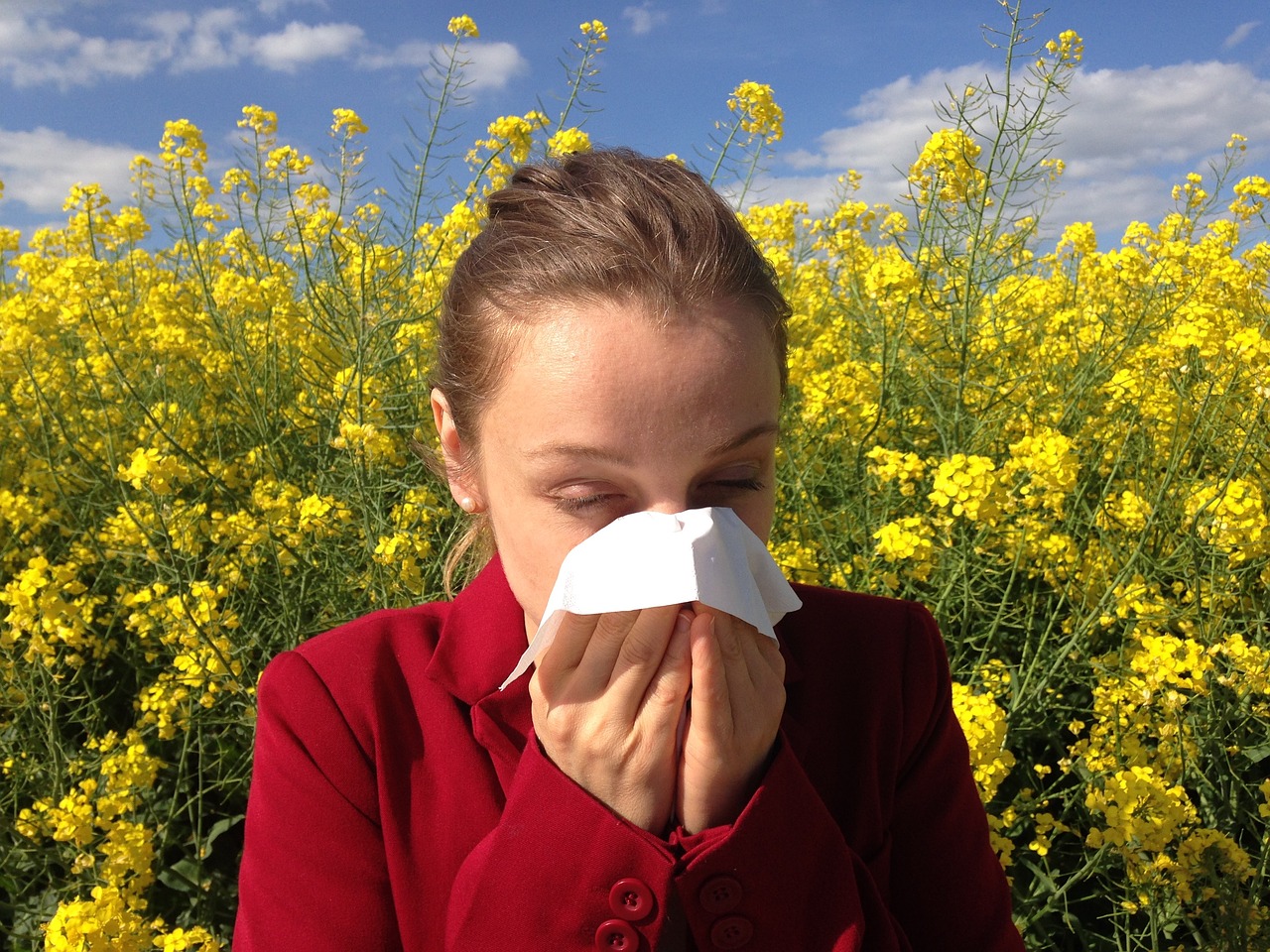3 Austin Allergies To Watch Out For

Spring is here! Which means beautiful lush green lawns, blossoming flowers, birds singing and more time spent outdoors. Spring also means the start of a new allergy season. The Central Texas area is unfortunately notorious for bad allergies, but what kind of allergens are present depends greatly upon the time of year. In the guide below we look at a few of Austin’s biggest allergens, and outline when you can expect to experience symptoms if you suffer from allergies.
The chart below provides a good overview of allergens in the area and when they occur. As you can see, ragweed, cedar (mountain cedar) and oak are the three biggest allergens present in the greater Austin area. You can also see these occur at distinctly different times of the year.
Source: Austin Regional Clinic
How Do Austin Allergies Work?
Symptoms of allergies are wide ranging, and vary depending on the person, how allergic they are (if they are allergic at all), as well as the allergens present in your environment and the concentration of these allergens. Some people suffer greatly while others remain unaffected, and symptoms can vary greatly depending on the season.
In general, however, allergies result in a variety of symptoms such as sneezing, runny nose, itchy eyes, and maybe even cough. In severe cases, fatigue and sore throat, or more “flu like ” symptoms may also occur. Symptoms occur because your immune system responds to the allergen as a “foreign invader.” As a result, it produces antibodies to fight it. Then, when the pollen hits the antibody, histamine and other chemicals are released which causes the symptoms you experience. We’ll talk more about how allergies work in a future post! (Source: Allergy Partners)
Cedar
Peak Time: December – February
If you live in Central Texas you are likely familiar with the term “cedar fever,” which is used to refer to the intense cedar allergy season that exists in the area. Many people suffer from cedar-related allergies, even those with no previous history of allergic reactions! The cedar allergy comes from the pollen of the mountain cedar tree, which can be seen visually as yellow cedar pollen in the air. The symptoms of cedar fever can be severe, and include congestion, sneezing, eye irritation, sore throat, headache and fatigue. The symptoms are often more severe for people than other allergies, and can really get in the way of day-to-day life if untreated.
Oak
Peak Time: February – May/June
Oak is another big allergy contributor, which starts in late February and generally “peaks’ ‘ in April. After cedar and ragweed, it’s cited among the most bothersome of the allergens in our region. Oak also leaves its coating in many places just like cedar – from sidewalks to patio furniture to cars and everything in between. You may recognize the telltale yellow powder you’ve seen during this time of year! Oak spreads most when it’s warm, breezy and dry, as the pollen lasts longer in the air in these conditions. In our region, this means the season is relatively long. Along with oak come elm, pecan and oak, although less prevalent.
Ragweed
Peak Time: August-October
Fall is characterized by an increasing allergy season in general after summer’s relative lull, and one of the biggest culprits of suffering this time of year is ragweed, or ragweed pollen. As explained by Allergy Partners, a single plant can “produce up to 1 billion pollen grains” during a season – that’s a log! Grains float easily in the air and can travel far distances, meaning you do not need to be right near an oak tree to feel the results. Oak is pesky and results in standard allergy symptoms.
Other prevalent pollins in Central Texas includes grass and weed pollen, as well as mold which sticks around year round. We’ll be covering more allergens and going into more depth on how allergies work in a future post. Stay tuned!

Ferris MyCue is the founder and owner of Grass Works Lawn Care, LLC located in Leander, TX. As a former firefighter who maintained yards on his days off, he saw a need for a dependable, local maintenance company that knew the hill country climate and could deliver quality landscaping services for a reasonable price. Since 2007 he has used his leadership to grow the company into one of the top landscape maintenance companies in Austin and surrounding areas offering landscape maintenance, design, and irrigation services to both residential and commercial clients. Ferris is also a member of the Seasonal Employment Alliance (SEA) and an active participant in advocacy efforts to help promote cap relief.